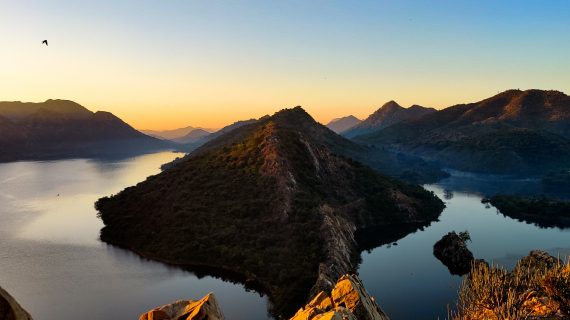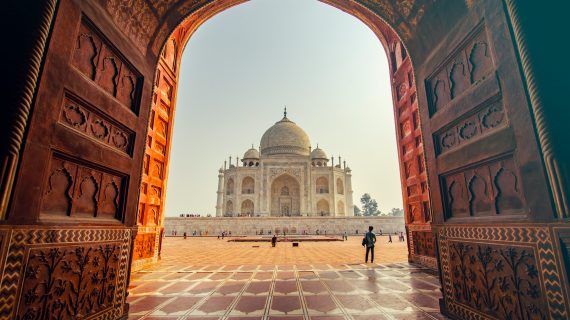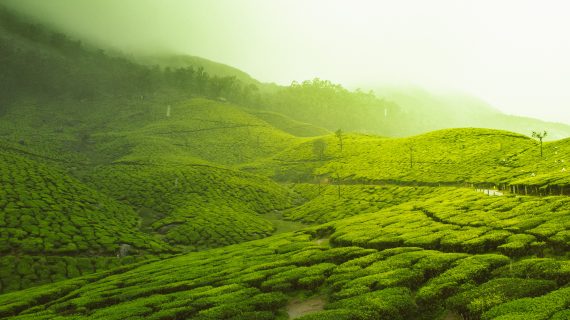Nepal provides exclusive trekking experiences that encompasses the beauty of landscapes and cultural interactions with locals. Also, it is an opportunity to practice sustainable travel. This article provides insight into several trekking areas in Nepal that mainly follow the principles of eco-tourism and environmentally friendly adventure with a focus on how you can enjoy these treks responsibly.
Introduction to Sustainable Trekking
As the number of trekking activities is increasing rapidly, it is necessary to implement sustainable practices to conserve raw trekking. For travelers who support eco-friendly options, we have some of the best trekking routes in Nepal for you. Let’s explore some of the destinations for trekking that follow ecotourism principles.
Manaslu Circuit Trek: less crowded path to the Himalayas
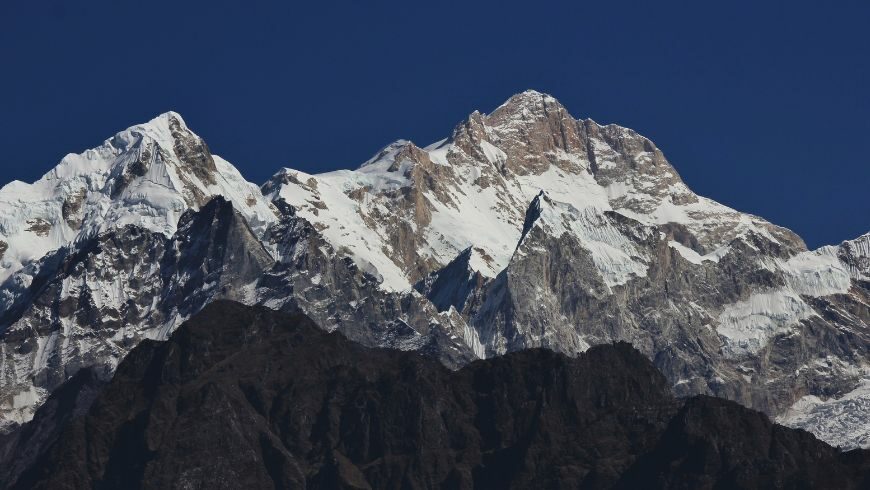
Nestled around the world’s 8th highest mountain, Mount Manaslu (8,163m), the Manaslu circuit trek escapes popular trekking routes. With its off-the-beaten path, trekking in Manaslu offers a thrilling journey with spectacular views of the Manaslu range.
Bordered by the Manaslu Conservation Area, it focuses on sustainable and eco-friendly practices for the Manaslu region. The communities along the Manaslu Circuit embrace ecotourism by implementing waste management and providing eco-friendly accommodations.
The Manaslu Circuit Trek follows the traditional route that minimizes environmental impact and effectively reduces the trampling effect. Trekking to the Manaslu circuit strongly encourages trekkers to preserve the region’s flora and fauna.
Circuit trek to Manaslu supports local communities’ businesses and respects the long-preserved cultural heritage present in the region. This practice protects the local Tibetan Buddhist culture and traditions of Manaslu.
Everest Base Camp Trek: Iconic and Sustainable
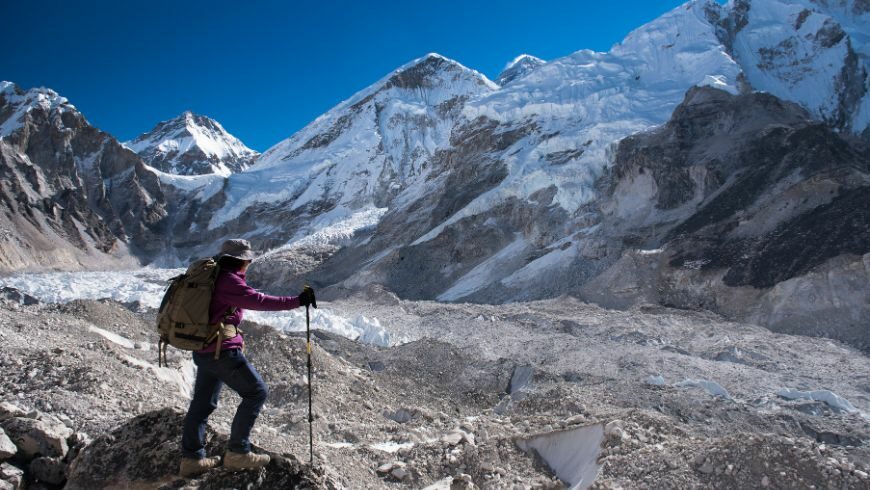
The adventure to Everest Base camp remains one of the most popular treks that attracts several people from different parts of the globe. Nonetheless, there are attempts to encourage sustainability in the field mostly due to its popularity.
Measures such as controlled trekking routes and waste management programs help minimize the ecological footprint of tourism. The Sagarmatha National Park protects the region’s diverse ecosystems and endangered species like the snow leopard and red panda.

Many sustainable activities are practiced in the region of Everest. Clean energy production and implementation like the use of micro-hydro plants and solar-powered systems in places like Namche Bazaar help to avoid carbon footprint.
Eco-bags and recycling are also observed in many places and the beautiful scenery is sustained with the help of the Sagarmatha Pollution Control Committee (SPCC). The rule announced in 2020 for the plastic ban in the Khumbhu Region shows the region’s commitment to reducing plastic pollution.
Cultural preservation is another crucial aspect of the trek. Trekkers can visit ancient monasteries like Tengboche Monastery to witness traditional Buddhist ceremonies and learn about the region’s spiritual significance. The Sherpa community, known for their mountaineering skills and hospitality, enriches the trekking experience by sharing their customs, traditions, and way of life.
Upper Mustang Trek: behind the shadows of the mountains
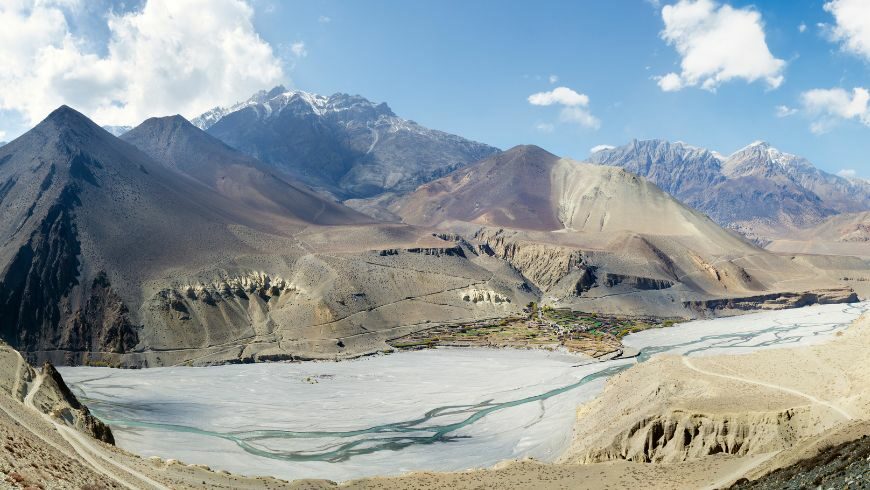
The Forbidden Kingdom, Upper Mustang takes you through Nepal’s unique and culturally rich region. This trek is well known for its arid and desert-like landscapes with Lo-kingdom. Ramble this exciting route, along with the deepest Gorge, Kali Gandhaki.
Accommodations along the routes are eco-friendly and mainly use solar power for energy needs. Waste management is done effectively on the trails of Upper Mustang. This trek prioritizes sustainable practices to preserve the region’s fragile ecosystem.
The Annapurna Conservation Area project oversees tourism in the Upper Mustang, ensuring conservation goals. Tourism in the upper Mustang helps regularly maintain and monitor these trails to prevent environmental damage.
The Upper Mustang Trekking route encourages trekkers to travel through the established trails, which reduces the environmental impact. It symbolizes a commitment to responsible tourism practices for sustainability.
Langtang Valley Trek: popular Beginner’s trek
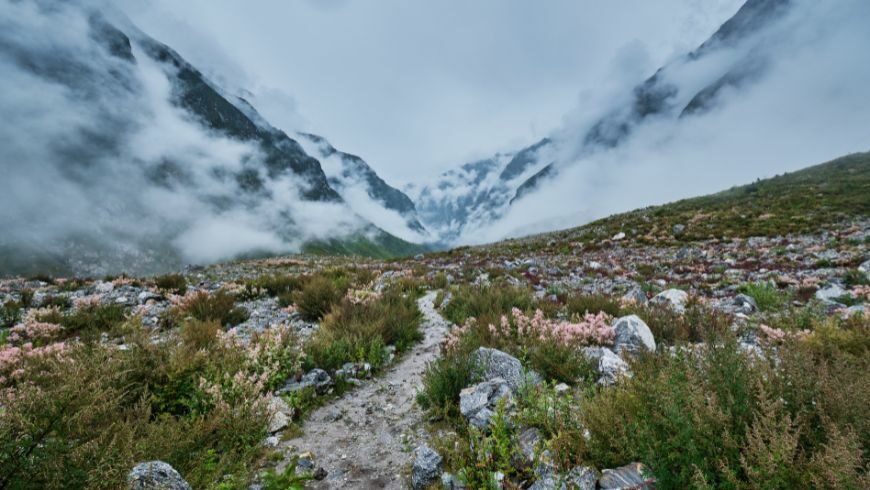
Trekking to Langtang Valley is a captivating journey for both beginner and experienced trekkers. The trek stands out for its stunning landscapes, vibrant culture, and diverse flora and fauna. Traverse through the valley with breathtaking snow-capped mountain views, rhododendron forests, and picturesque villages.
Trekkers are encouraged to follow the regulations of Langtang National Park to maintain ecosystem balance. It promotes effective wildlife conservation, waste management, and cultural site preservation.
Initiatives such as community-based homestays in Langtang Valley play a massive role in accommodating visitors. Trekking in Langtang helps support the local business and promotes the sustainability of tourism in the area.
Annapurna Base Camp Trek: Eco-Friendly Adventures
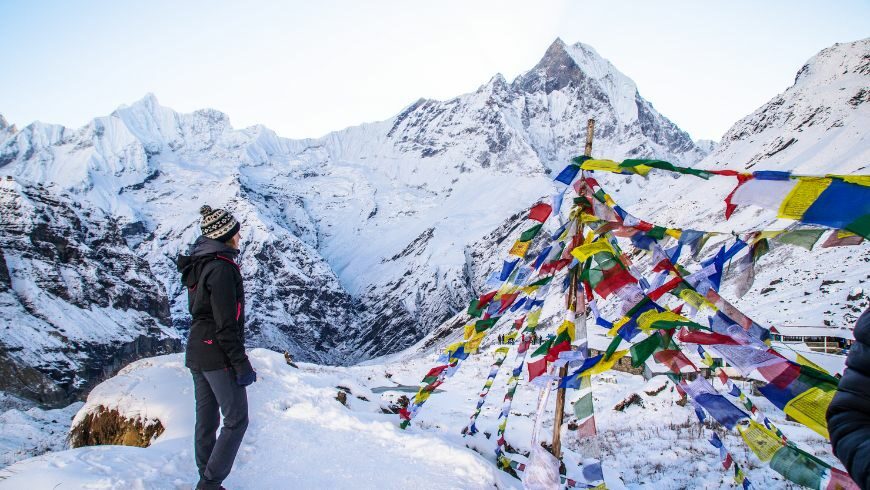
Another famous trek is the Annapurna Base Camp due to its diverse geography and rich flora and fauna. Annapurna Base Camp Trek is one of the best examples of sustainable tourism where the Annapurna Conservation Area Project (ACAP) has played a vital role since 1986. The project implemented various sustainable practices like afforestation and conservation. The region is now home to over 1,200 trees/plant species and over 600 wildlife species, thanks to ACAP.
Trekkers can find eco-friendly accommodations along the route. The teahouses/guest houses and lodges utilize solar-powered energy, efficient stoves, and micro-hydroelectric generators. For safe drinking water, various drinking water stations and taps have been used. This practice has been implemented to reduce the use of plastic bags, encouraging travelers to take their own reusable water bottles.
Moreover, the Annapurna Base Camp focuses on preserving the old cultural heritages of the indigenous communities by supporting local development and also training the owner of the lodge. Through implementing these sustainable practices in travel and tourism, trekkers can assist ACAP in their mission. Also, helps to protect the natural and cultural heritage of the Annapurna region for the future.
Conclusion
Sustainable tourism makes a drastic change by supporting environmentally responsible tourism activities. It helps protect the environment, support local communities, and promote long-term economic prosperity. In other words, responsible tourism entails visiting cultural heritage sites and protecting natural resources for future generations. By avoiding the negative impacts often felt in these areas, supporting local businesses, and conducting ourselves in a manner that does not negatively affect the communities we visit.
People in the local area benefit because local employment is created, income is generated, and contributions to roads, schools, and hospitals from tourism are received. In addition, ecotourism tourism can act as a way to increase consciousness of environmental and social problems and support more responsible behavior among tourists as well as residents of a country.


